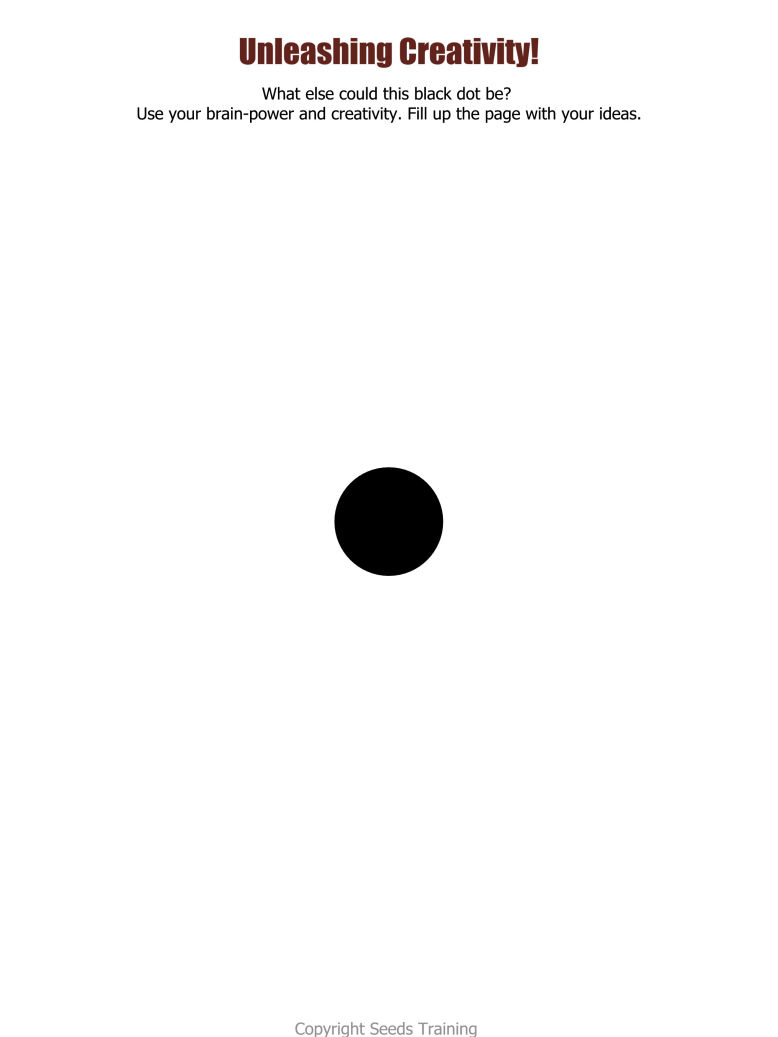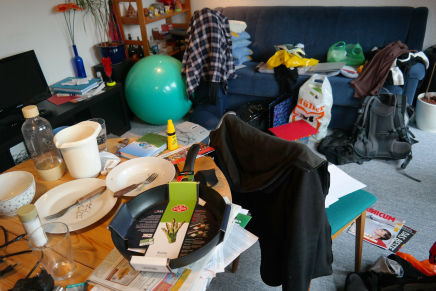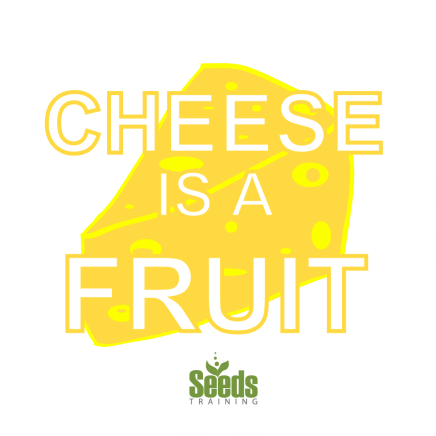Let's use our brain's differently to achieve higher levels of natural curiosity. Here are a few activities to build the neuro-plasticity to support your your capacity to accept new possibilities and empathize with different persepectives :
1. Black Dot
Supplies: Blank paper and a black pen/marker
People: You can do this solo or in a group of nearly any size
Instructions:
Draw a black dot about the size of a quarter (coin) in the center of the blank page.
Now fill in the page with ideas of what that black dot could be if it was not a black dot. Brainstorm and write for 5 minutes. Write down every idea that enters your mind even if its completely absurd.
After 5 minutes, stop writing and reflect on your ideas. Work alone or with a partner to choose three that are most original, entertaining or smart.
Now answer a few quick questions for yourself or share them with a partner/group:
- Was this challenging? What part of it was challenging? Did you warm up over time?
- What did you notice about how your brain was working? Are you naturaly creative?
- Is there a specific idea that you generated that you are most proud of?


